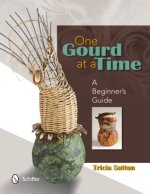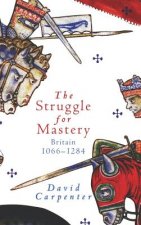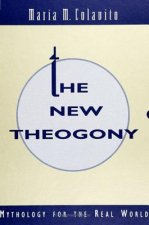
Doručení
Nákupní rádce





Nehodí se? Vůbec nevadí! U nás můžete do 30 dní vrátit
 Dárkový poukaz
V libovolné hodnotě
Dárkový poukaz
V libovolné hodnotě
S dárkovým poukazem nešlápnete vedle. Obdarovaný si za dárkový poukaz může vybrat cokoliv z naší nabídky.
Chryselephantine Statuary in the Ancient Mediterranean World
 Angličtina
Angličtina
 1318 b
1318 b
30 dní na vrácení zboží
Mohlo by vás také zajímat


Composite statues of gold (chrysos), ivory (elephas), and other precious materials were the most celebrated artworks of classical antiquity. Greek and Latin authors leave no doubt that such images provided a centrepiece for religious and civic life and that vast sums were spent to produce them. A number of these statues were the creations of antiquity's most highly acclaimed artists: Polykleitos, Alkamenes, Leochares, and, of course, Pheidias, whose magnificent Zeus Olympios came to be ranked among the Seven Wonders of the World. Although a few individual images such as Pheidias' Athena Parthenos have been the subject of detailed scholarly analysis, chryselephantine statuary as a class, from the exquisite statuettes of Minoan Crete to the majestic temple images constructed by classical Greek city-states and imitated by the Romans, has not received comprehensive study since 1815. This book presents not only the ancient literary and epigraphical evidence for lost statues and examines representations of them in other media, but also assembles and analyses much-neglected physical survivals, elucidating throughout the innovative techniques, such as ivory-bending, employed in their production as well as the variety of social, religious, and political roles they played within the ancient societies that produced them.
Informace o knize
 Angličtina
Angličtina




 Jak nakupovat
Jak nakupovat




























